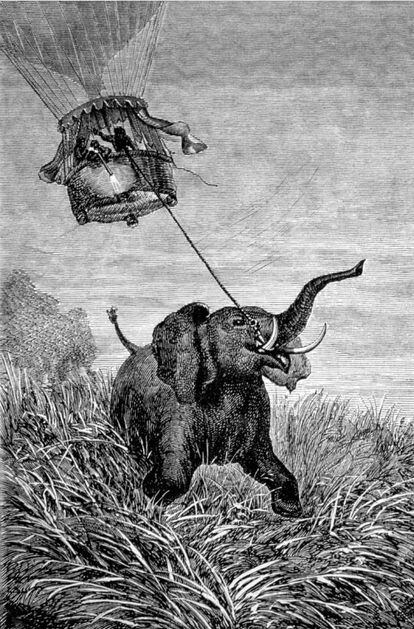
Last week’s too long box can be placed, crossed diagonally, in a 1 x 1 x 1 m cubic box; even, if we want to rush to the maximum, it would even fit in a 90 x 98 x 100 cm.
The problem of the safe with several locks is easy to solve for three partners: in this case, three locks, A, B and C are enough: one partner has the keys of A and B, another those of B and C, and the third those of A and C; in this way, any pair of partners brings together the three keys and no isolated partner has them. With four partners the solution is not complicated either: it will take four locks and each partner will have two keys. How can this security measure be generalized to n partners?
As for the portrait of Porcia, in the first case it is in the silver chest and in the second in the gold chest, since they are the only possibilities that meet the established conditions.
If Portia had been more malicious, she could have shown her suitor two chests, a gold one with the sign “The portrait is not here” and a silver one with the sign “One and only one of these two statements is true”, telling him that the portrait was on one of them. Which chest should the suitor choose in this case?
It seems like a simpler puzzle than last week, with similar signs and only two chests, and yet …
Surround the Earth
Our regular commentator Luca Tanganelli has dusted off an old problem from Five weeks in a balloonby Jules Verne:
“One day Kolburn asked him to solve the following problem: given the number of miles traveled by the doctor around the world, how many miles more than his feet has his head traveled? Or, knowing the number of miles traveled by the feet and the head of the doctor, calculate his height exactly ”.
This problem is a variant of a well-known classic (so much so that it even has its own Wikipedia entry): that of the rope that surrounds the Earth. Let’s remember it in one of its most popular versions:
The Earth’s equator is girded with a rope, which is considered perfectly spherical and smooth. A one meter long piece is then added to the rope and repositioned so that it is at a uniform height above the equator. The separation between the rope and the Earth, would it allow the passage of a cat, a mouse, a cockroach … or even the insect could not slide under the rope?
A lesser known variant is the following:
Two strongmen pull a rope, which is stretched parallel to the ground at a height of one meter. The strongmen drift away from each other, letting more rope slip through their hands as they walk away without easing the tension. They are so strong and have so much rope at their disposal that they end up going around the world (it is assumed, as in the previous case, that the Earth is a smooth sphere). What about the rope?
And if you talk about Verne and circling the Earth, you cannot fail to mention Around the world in eighty days and its disconcerting final paradox: although the journey, for Phileas Fogg and Passepartout, has lasted 80 days, in London, their point of departure and arrival, only 79 have elapsed. How is it possible?
Carlo Frabetti is a writer and mathematician, member of the New York Academy of Sciences. He has published more than 50 popular science works for adults, children and young people, including ‘Damn physics’, ‘Damn maths’ or ‘The great game’. He was a screenwriter for ‘La bola de cristal’.
You can follow MATTER on Facebook, Twitter me Instagram, or sign up here to receive our weekly newsletter.





